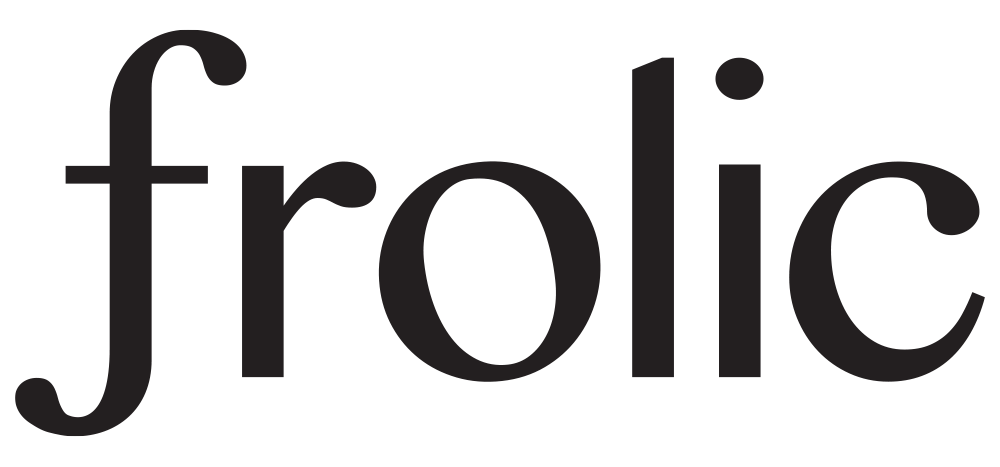Thinking about launching a new website or upgrading the one you’ve got? You’re probably asking:
- How much does website design typically cost?
- What should I budget to hire a professional designer or agency?
- What are the ongoing costs for support and maintenance?
These are great questions, and the truth is, pricing can vary a lot. That’s because no two website projects are exactly the same. Website costs are generally shaped by a few key factors:
1. Experience Level
Are you working with a new freelancer or a seasoned agency with a full team of strategists, designers, developers, and writers? The more experienced the team, the more structured and results-driven the process typically is and that often comes at a higher cost.
2. Depth of Service
Are you getting just design and development, or does the service include brand strategy, copywriting, SEO, analytics setup, accessibility reviews, content migration, or training? More comprehensive services mean more time, planning, and collaboration… meaning, a larger investment.
3. Expected Results
Some website designers focus on looks. Others prioritize performance ensuring your site converts visitors, ranks well in search engines, and supports your business goals. A site that’s strategically built to generate leads or sales typically involves more planning and expertise.
4. Type of Website
What kind of site are you building?
- A simple informational website (like a digital brochure)?
- An eCommerce site with online shopping?
- A membership portal, online course platform, or subscription service?
- A knowledge base, directory, or community site?
The more functionality and moving parts your site includes, the more complex (and costly) the project will be.
5. Performance, Speed & SEO
Everyone wants a site that ranks well on Google, but true SEO optimization is more than just adding keywords. It can involve:
- Strategic planning of your site structure and user journeys
- Clear calls-to-action tailored to your goals
- Market and audience research
- Accessibility best practices for screen readers and mobile devices
- Clean, optimized code
- Fast load times and mobile responsiveness
- And, especially, ongoing support
Each of these layers adds value and effort to your site build.
A Website Project Could Involve:
- In-depth interviews to clarify goals
- Strategic planning and audience research
- Project management to coordinate teams
- Professional copywriting, photography, or videography
- Graphic design, presentation sessions, and guided critique
- Unique layouts for key pages, event landing pages, or campaigns
- Custom coding, integrations with SaaS tools or CRMs
- Rigorous testing and accessibility reviews
- Pre-launch and post-launch quality assurance
- A public launch plan and post-launch support
Or, on the simpler side:
- A single brainstorming meeting
- Design and build of 3–5 pages
- A refinement round and basic testing
- Straightforward launch
As you can imagine, the budget, timeline, and level of involvement will be significantly different for each of these approaches.
The clearer you are on your website’s goals, the easier it will be to find the right designer or developer for your needs. If your website is an important tool for your business (and in most cases, it absolutely is) then it’s worth treating it like a meaningful investment.
Want help defining your goals?
